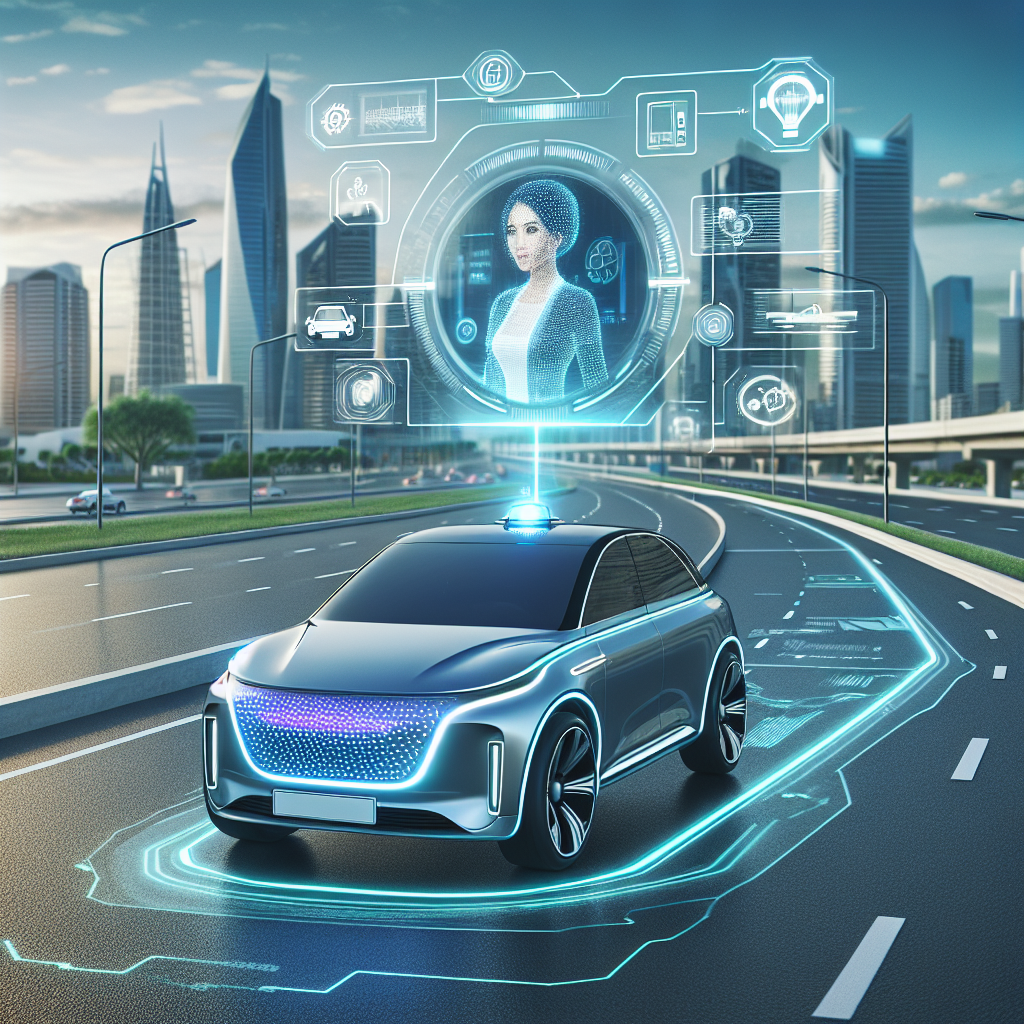The automotive industry has always been at the forefront of technological advancements, and conversational AI is no exception. Conversational AI, or artificial intelligence that allows machines to hold natural conversations with humans, is revolutionizing the way we interact with our vehicles. From voice-activated assistants to personalized recommendations, conversational AI is changing the driving experience in more ways than one.
In this article, we will explore the future of conversational AI in the automotive industry, including how it is being used today and what we can expect in the years to come. We will also address some common questions about this exciting technology.
Current Applications of Conversational AI in Automotive
Conversational AI is already being used in a variety of ways in the automotive industry. One of the most common applications is in voice-activated assistants, such as Amazon’s Alexa or Google Assistant, which allow drivers to control various functions of their vehicles using only their voice. These assistants can help with tasks like setting the temperature, playing music, getting directions, and even ordering food or making reservations.
Another popular use of conversational AI in automotive is in virtual assistants that are built directly into the vehicle’s infotainment system. These assistants can provide real-time information about traffic, weather, and points of interest, as well as help with hands-free communication, making it easier and safer for drivers to stay connected while on the road.
Conversational AI is also being used to personalize the driving experience for individual users. By learning from a driver’s habits, preferences, and behaviors, AI-powered systems can make personalized recommendations for things like music, restaurants, and even driving routes. This level of personalization not only enhances the driving experience but also helps to build a stronger connection between the driver and their vehicle.
Future Trends in Conversational AI in Automotive
As technology continues to evolve, so too will the applications of conversational AI in the automotive industry. Here are some of the trends we can expect to see in the coming years:
1. Enhanced Natural Language Processing: One of the biggest challenges with conversational AI is ensuring that machines can understand and respond to human language in a natural and intuitive way. As natural language processing (NLP) technology continues to improve, we can expect to see more advanced and sophisticated conversations between drivers and their vehicles.
2. Contextual Understanding: In the future, conversational AI will be able to understand the context of a conversation and provide more relevant and personalized responses. For example, if a driver asks for a restaurant recommendation, the AI system may take into account the driver’s location, preferences, and past behavior to offer the best possible suggestion.
3. Multi-modal Interfaces: While voice-activated assistants are currently the most common form of conversational AI in automotive, we can expect to see more multi-modal interfaces in the future. This may include touch screens, gesture controls, and even augmented reality displays that allow for more seamless and intuitive interactions between drivers and their vehicles.
4. Integration with Smart Home Devices: As more and more smart home devices become connected to the internet, we can expect to see greater integration between these devices and vehicles. This may include the ability to control smart home devices from the car, receive notifications from home while on the road, and even sync preferences and settings between the two environments.
5. Autonomous Driving: As autonomous driving technology becomes more advanced, conversational AI will play an even bigger role in the driving experience. AI-powered assistants will be able to take on more responsibilities, such as navigating traffic, parking the car, and even interacting with other vehicles on the road.
FAQs
Q: How secure is conversational AI in automotive?
A: Security is a top priority for automakers when it comes to conversational AI in vehicles. Systems are designed with encryption, authentication, and other security measures to protect user data and ensure safe interactions.
Q: Can conversational AI in automotive be hacked?
A: Like any technology, conversational AI in automotive can be vulnerable to hacking if proper security measures are not in place. Automakers are constantly working to improve security protocols to prevent unauthorized access.
Q: What happens if the AI system doesn’t understand a command?
A: If the AI system doesn’t understand a command, it may ask for clarification or offer suggestions for alternative commands. Drivers can also provide feedback to help improve the system’s understanding over time.
Q: Can conversational AI in automotive be disabled?
A: Most AI systems in vehicles can be disabled or turned off if desired. Drivers can choose to opt out of using the system or adjust settings to limit its functionality.
Q: How does conversational AI in automotive impact privacy?
A: Conversational AI in automotive collects data about users’ interactions, preferences, and behaviors to provide personalized experiences. Automakers must be transparent about how this data is used and ensure that privacy is protected.
In conclusion, conversational AI is poised to revolutionize the automotive industry in the coming years. From voice-activated assistants to personalized recommendations, this technology is changing the way we interact with our vehicles and enhancing the driving experience in more ways than one. As technology continues to evolve, we can expect to see even more advanced applications of conversational AI in automotive, creating a more seamless and connected driving experience for all.

